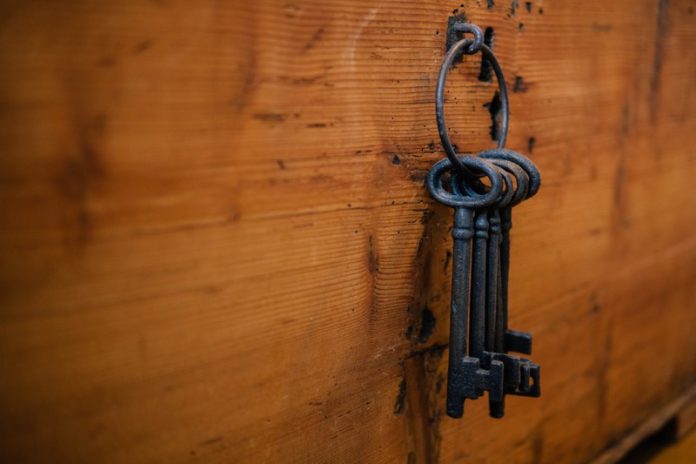Key cutting is a technical job, but many homeowners have succeeded at doing it by themselves. You can do it too! It’s totally possible with some determination and the right proper tools at hand. Remember that DIY key-cutting has a high failure rate so you might need a bit of patience, but you should be fine once you get the hang of it.
Should You Learn to Cut Keys?
Yes! For homeowners, key cutting can be a highly valuable skill to have as it can save you lots of money down the road. You should always keep your keys safe, but it’s inevitable to lose the original key at some point. That’s why homeowners always need to have a spare, and that’s where key cutting comes in.
Key cutting and keeping a spare key provide a cheaper and quicker alternative to getting your locks replaced whenever you lose the keys.
Spare keys can also be used to keep the original keys in good shape as day-to-day use can lead to wear and tear. With spares, you can use them all you want and cut a new one if it’s damaged.
Keeping a spare key outside in a hidden location can also be a lifesaver if you ever lock yourself out. We’ve all experienced it in the past, and key cutting services can come in handy when that happens.
Lastly, keys can break. If yours breaks, you can have another copy in no time through key cutting. Sure, it won’t be the original one, but it’ll work!
Key Cutting Tips
If you’ve got a key cutting machine, the process might not seem too overwhelming. However, you can make some serious blunders as a beginner that can result in embarrassing fails. To avoid that, make sure you follow these key cutting tips.
- Get the right blank
The first thing you need to cut keys is a blank. Most beginners make the mistake of grabbing any blank they can get. Instead, you should take your original key with you whenever you set out to buy residential blank keys. Show the original key to the locksmith or store staff and let them recommend the right blank. This not only improves the duplicate’s accuracy but also lowers your chances of failure.
- Follow the original key for cutting
Whenever you cut a new copy, you should always follow the original key and not a spare. You might have to copy the spare if you don’t have access to the original key any longer, but the original key provides the highest accuracy.
Each copy has minor differences from the original, and these differences will only get amplified if you cut new copies following the spare and not the original. Sometimes, these differences can even make the copy useless.
- Always test the key after cutting
No matter how similar the new copy looks to the original, never trust it without trying it out. Many homeowners tend to pat themselves on the back upon cutting a spare that looks just like the original, and end up locking themselves out as the copy doesn’t work.
If you plan to leave the house with this duplicate, make sure you test it out a bunch of times before leaving.




